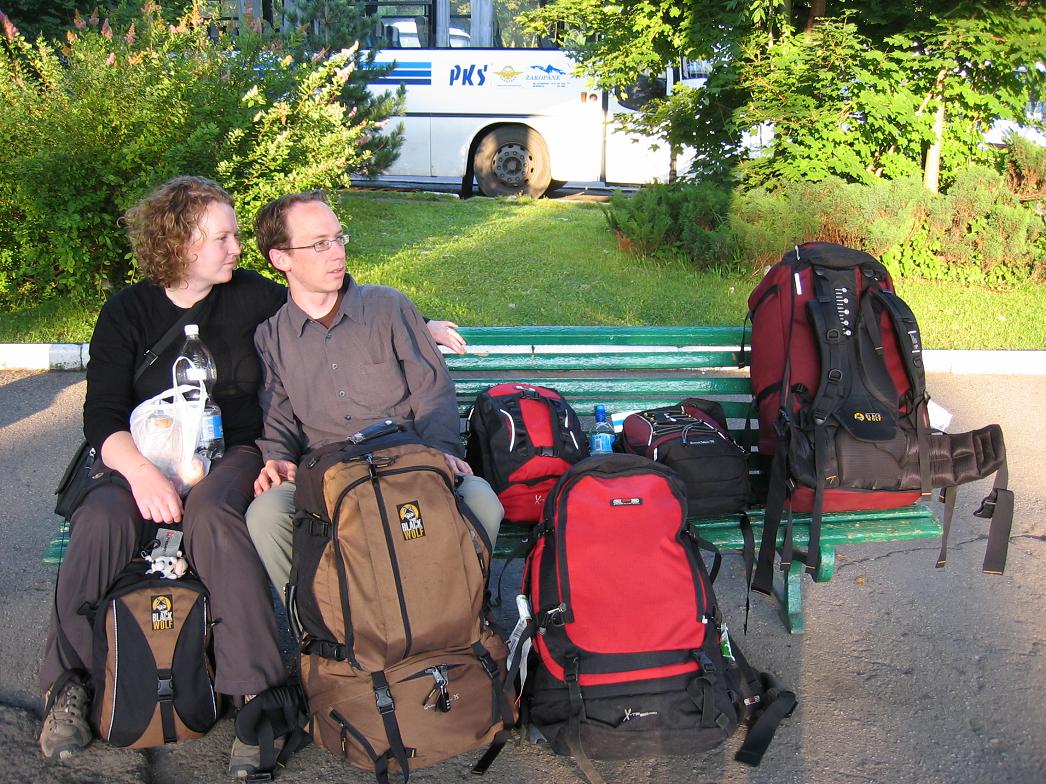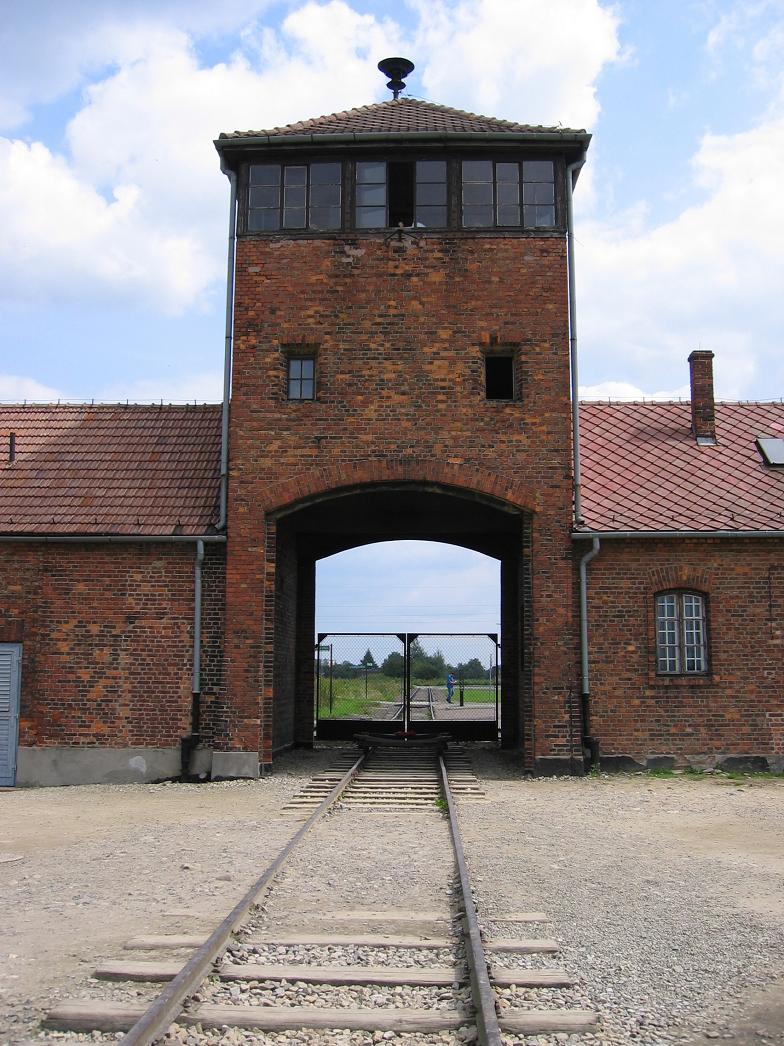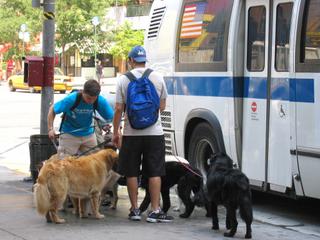Cultural differences in Poland
 The true origins of vodka remain a matter of dispute. Russians, of course, consider it their national drink. But the Poles claim that it originated in their country... and whatever the truth of those claims, they certainly do take it seriously. Restaurant and pub menus boast long lists of vodkas, ranging from ordinary Smirnoff to the quirky and delicious. There is zotgdkova, which is easy on the stomach; wisniowka, which is cherry-flavoured; and my favourite, zubrowka (bison vodka), which is flavoured with grass from the Bialowieza forest on which bison feed. It lives up to its name by leaving a pleasantly grassy aftertaste - although, not having eaten grass recently, I may not be a reliable source.
The true origins of vodka remain a matter of dispute. Russians, of course, consider it their national drink. But the Poles claim that it originated in their country... and whatever the truth of those claims, they certainly do take it seriously. Restaurant and pub menus boast long lists of vodkas, ranging from ordinary Smirnoff to the quirky and delicious. There is zotgdkova, which is easy on the stomach; wisniowka, which is cherry-flavoured; and my favourite, zubrowka (bison vodka), which is flavoured with grass from the Bialowieza forest on which bison feed. It lives up to its name by leaving a pleasantly grassy aftertaste - although, not having eaten grass recently, I may not be a reliable source.Vodka in Poland is traditionally drunk neat, and in one gulp. If that intimidates you then beer is your best bet. There is no shortage of delicious piwo in Poland, and no shortage of ways to drink it. Just last night the woman in front of me ordered a glass of beer, and then watched approvingly as the bartender lifted a small pot and poured black tea into it. I also saw young men and women drinking beer through a straw, and was later informed that warm beer is often drunk through a straw, and that it is not uncommon to add jam for extra flavour. Many Poles also like to quench that hard-earned thirst by heating their beer in a microwave. Perhaps this last habit can be explained by the Polish climate, but jam and tea?? I left my comfortable home in Canberra expecting to be confronted with cultural differences, but this is surely beyond the pale.
The site of the Auschwitz-Birkenau death camps is about two hours drive from Krakow. It is largely overrun by tourists, but the sheer horror of the place prevents it turning into a theme
 park. What really struck me was the size of the camps. Birkenau, just three kilometres from Auschwitz and also known as Auschwitz II, covered about 425 acres, far larger than Auschwitz. Birkenau held up to 100,000 prisoners, and for a period there 10,000 new prisoners arrived daily. New prisoners arrived by train, entering through the "Gate of Death" before being offloaded and examined by a doctor. The doctor sent most straight to the gas chambers, remains of which survive at the site. I was also struck by the clinical nature of the killing. The gas chambers held up to 2,000 people at a time, it would take about 10-15 minutes for the Zyklon B gas to kill them, and then a further period to burn the corpses in the crematoria. It was such an efficient operation, all worked out to the finest detail - mass murder by mathematics. After four or so hours at the site of the two camps there was really not much to say - the horror is so overwhelming that it had long ago worn me down. A memorable, moving day.
park. What really struck me was the size of the camps. Birkenau, just three kilometres from Auschwitz and also known as Auschwitz II, covered about 425 acres, far larger than Auschwitz. Birkenau held up to 100,000 prisoners, and for a period there 10,000 new prisoners arrived daily. New prisoners arrived by train, entering through the "Gate of Death" before being offloaded and examined by a doctor. The doctor sent most straight to the gas chambers, remains of which survive at the site. I was also struck by the clinical nature of the killing. The gas chambers held up to 2,000 people at a time, it would take about 10-15 minutes for the Zyklon B gas to kill them, and then a further period to burn the corpses in the crematoria. It was such an efficient operation, all worked out to the finest detail - mass murder by mathematics. After four or so hours at the site of the two camps there was really not much to say - the horror is so overwhelming that it had long ago worn me down. A memorable, moving day.




